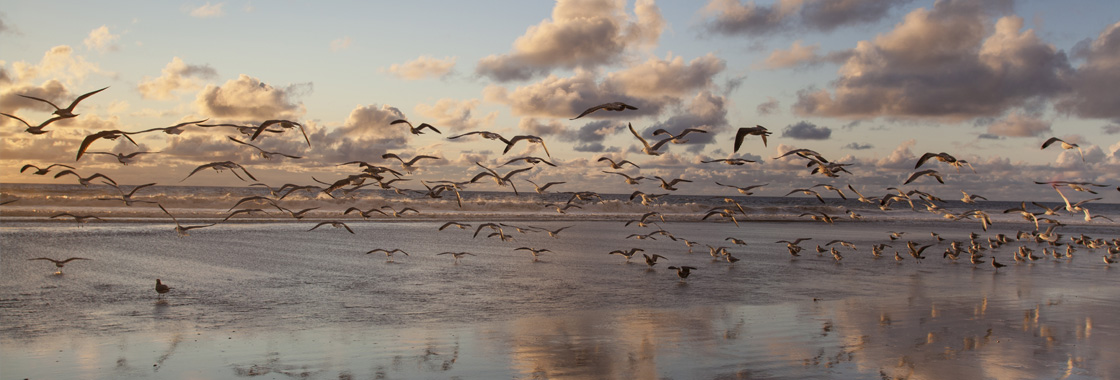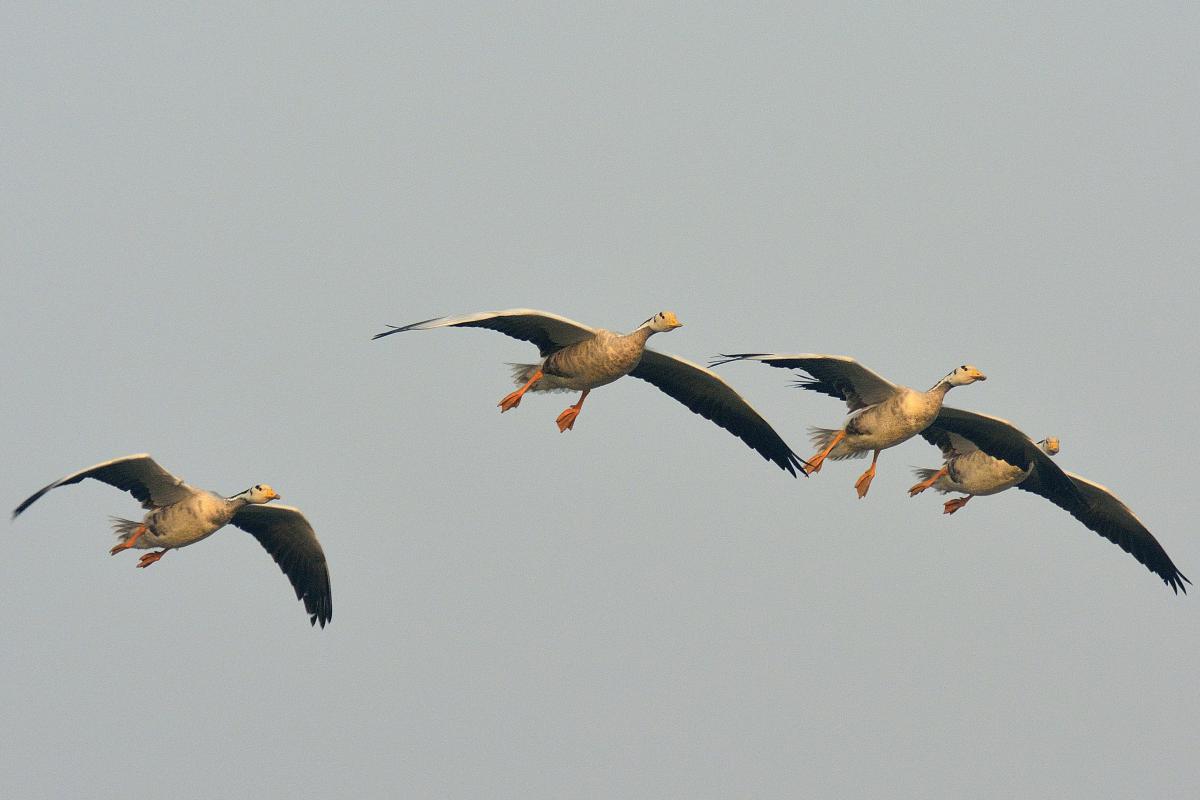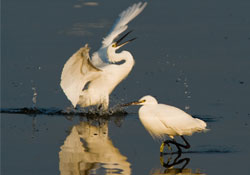You are here
Why Migratory Birds?


Why migratory birds?
Avian migration is a natural miracle. Migratory birds fly hundreds and thousands of kilometres to find the best ecological conditions and habitats for feeding, breeding and raising their young. When conditions at breeding sites become unfavourable, it is time to fly to regions where conditions are better.
There are many different migration patterns. The majority of birds migrate from northern breeding areas to southern wintering grounds. However, some birds breed in southern parts of Africa and migrate to northern wintering grounds, or horizontally, to enjoy the milder coastal climates in winter. Other birds reside on lowlands during the winter months and move up a mountain for the summer.
Migratory birds have the perfect morphology and physiology to fly fast and across long distances. Often, their journey is an exhausting one, during which they go to their limits. The Red Knot has one of the longest total migration routes of any bird, travelling up to 16,000 kilometres twice a year. It breeds in Siberia and overwinters on the west coast of Africa, some even going down to the tip of South Africa.
It is truly amazing how migratory birds can navigate with pin-point accuracy. Exactly how migrating birds find their flyways is not fully understood. It has been shown that they are able to orientate by the sun during the day, by the stars at night, and by the geomagnetic field at any time. Some species can even detect polarized light, which many migrating birds may use for navigation at night.

Why Migratory Birds Need Protection
Migration is a perilous journey and involves a wide range of threats, often caused by human activities. And as diverse as people and their habits in different countries are, so are threats the birds face. As migratory birds depend on a range of sites along their distribution area, the loss of wintering and stopover sites could have a dramatic impact on the birds’ chances of survival.
Flying long distances involves crossing many borders between countries with differing environmental politics, legislation and conservation measures. It is evident that international cooperation among governments, NGOs and other stakeholders is required along the entire flyway of a species in order to share knowledge and to coordinate conservation efforts. The legal framework and coordinating instruments necessary for such cooperation is provided by multilateral environmental agreements such as CMS and AEWA.
World Migratory Bird Day has a global outreach and is an effective tool to help raise global awareness of the threats faced by migratory birds, their ecological importance, and the need for international cooperation to conserve them.
